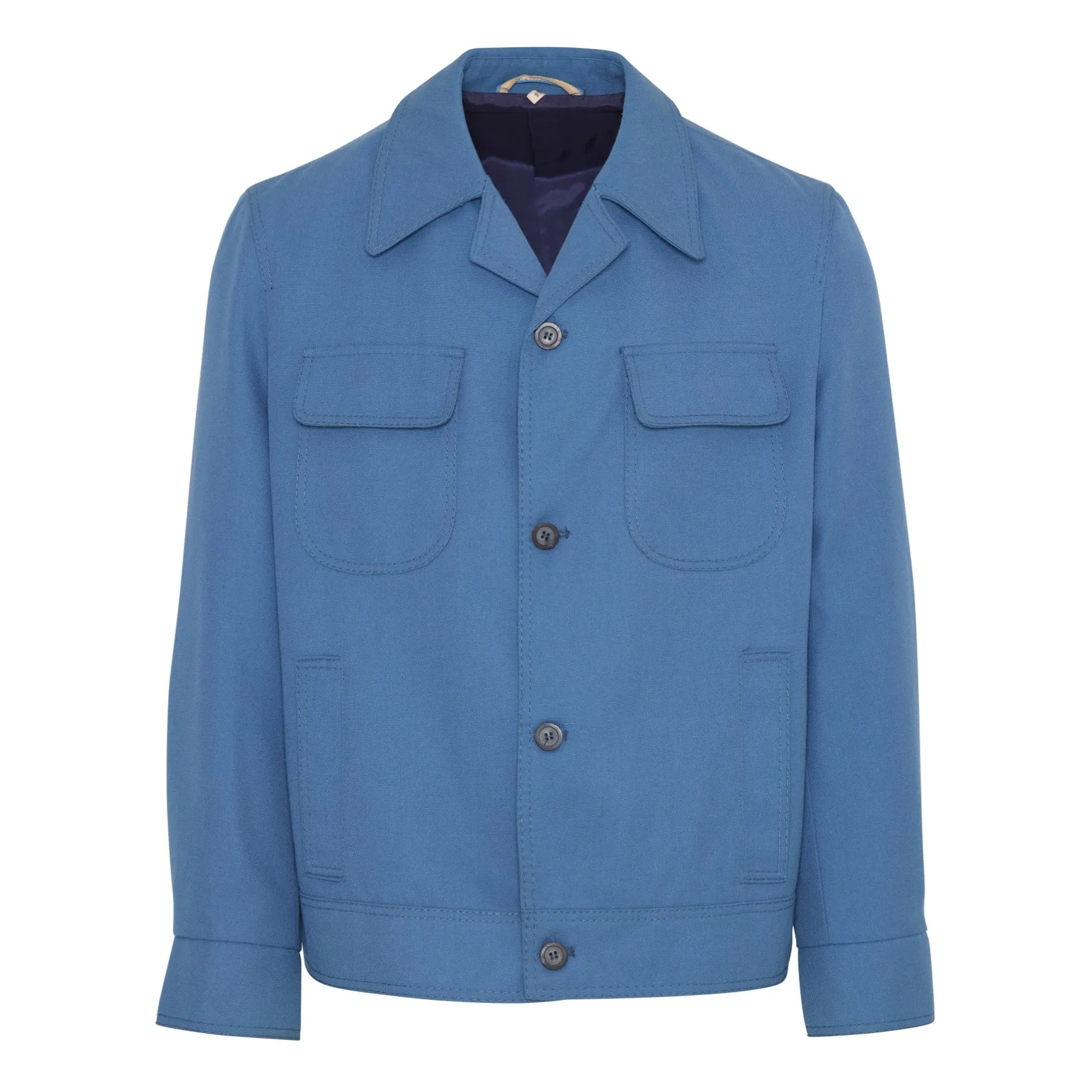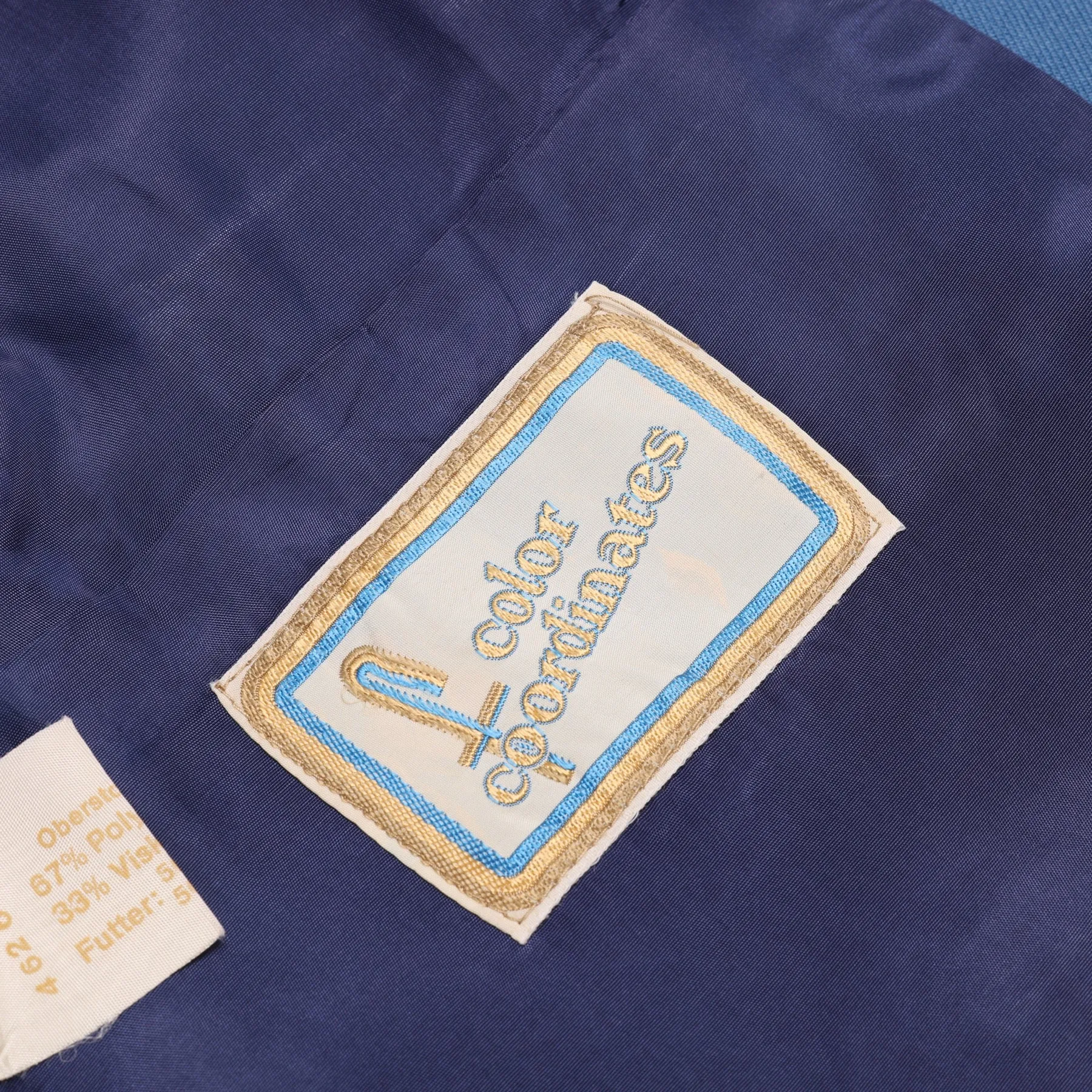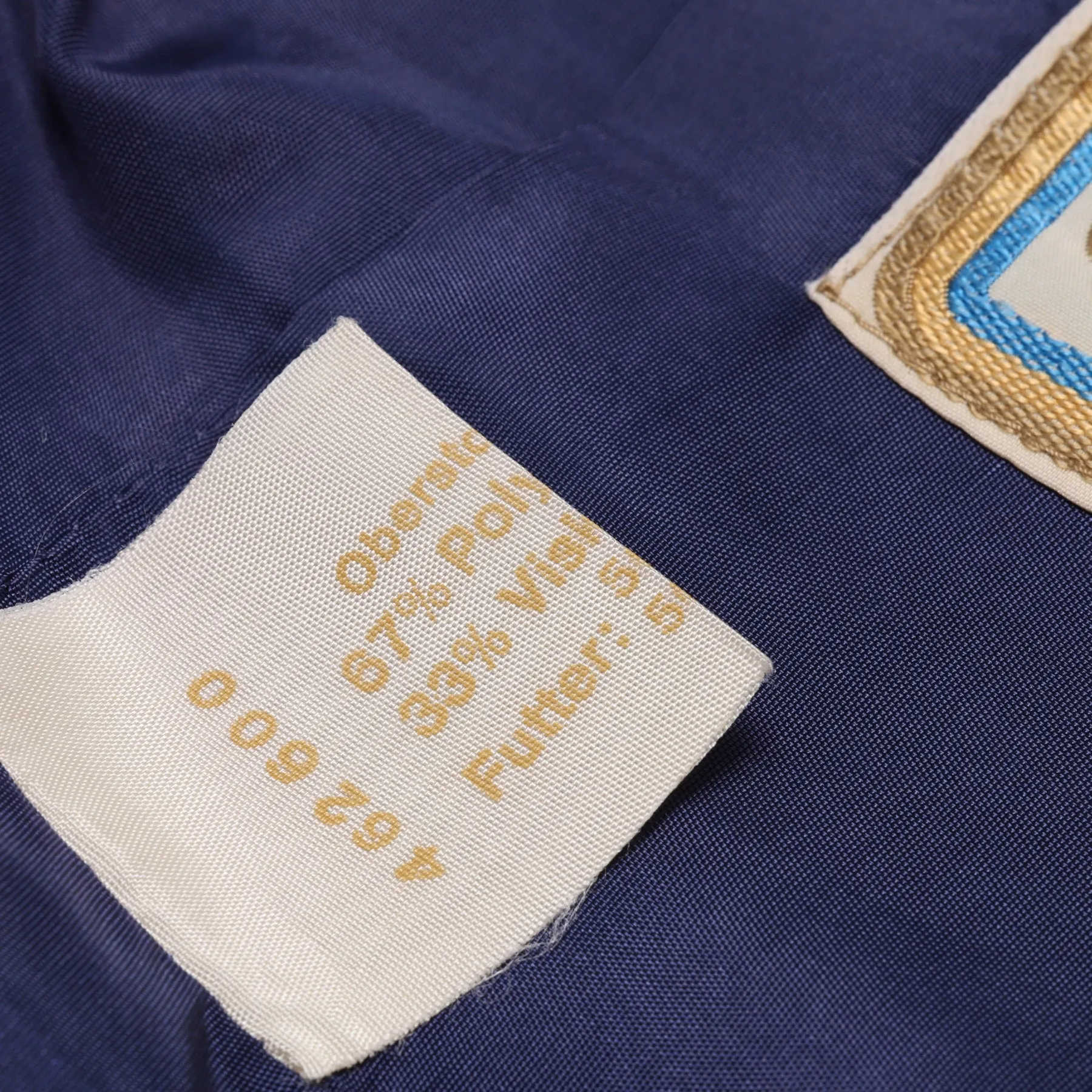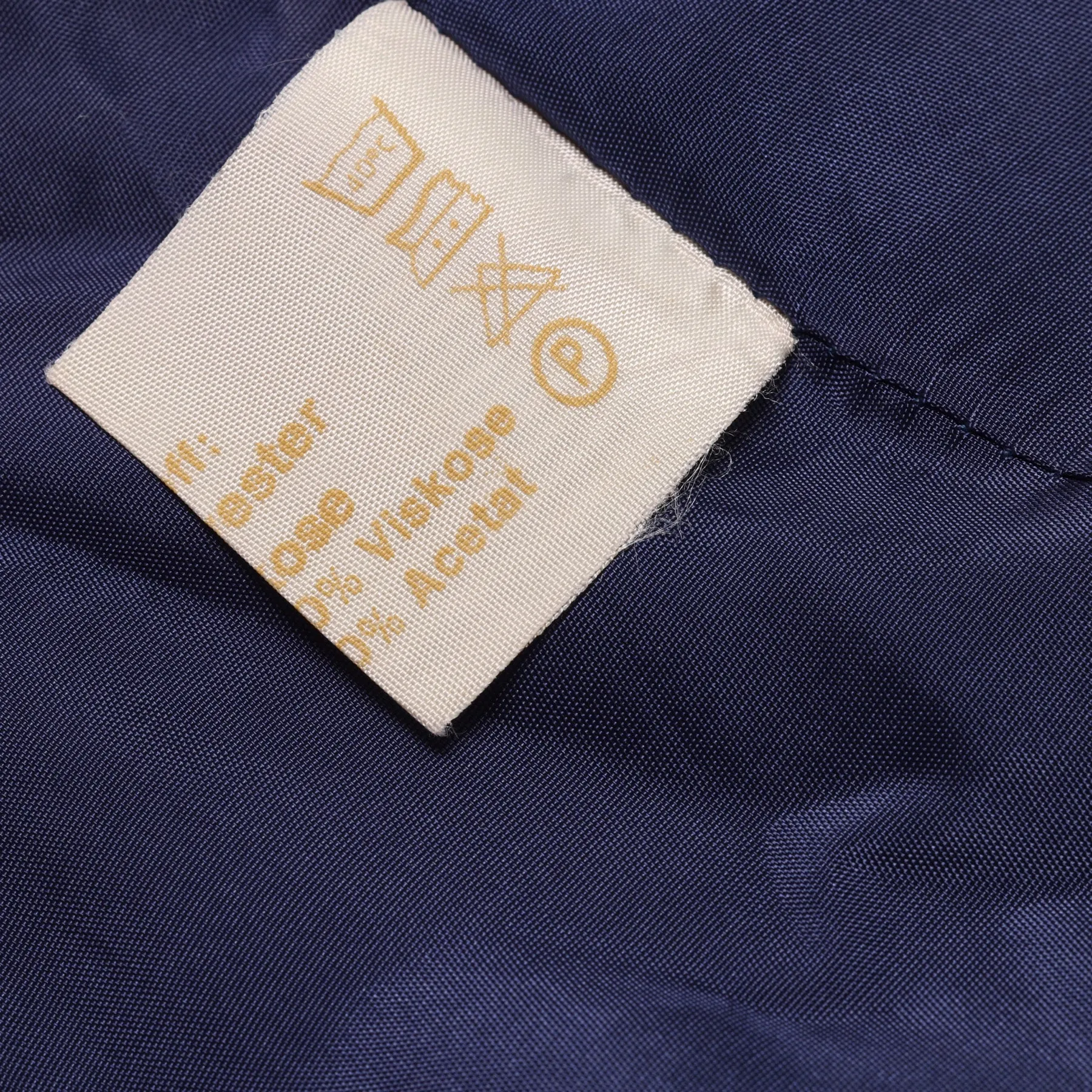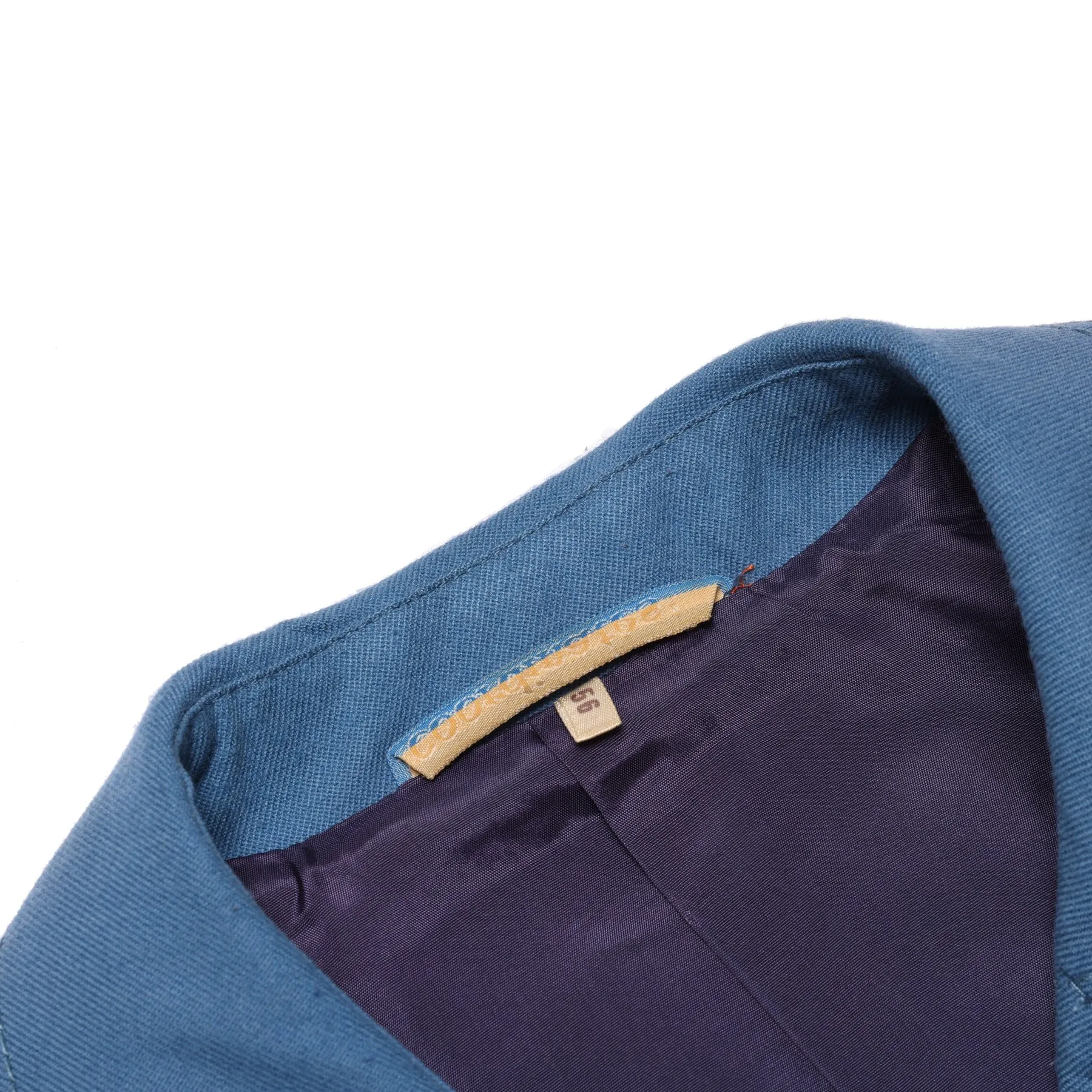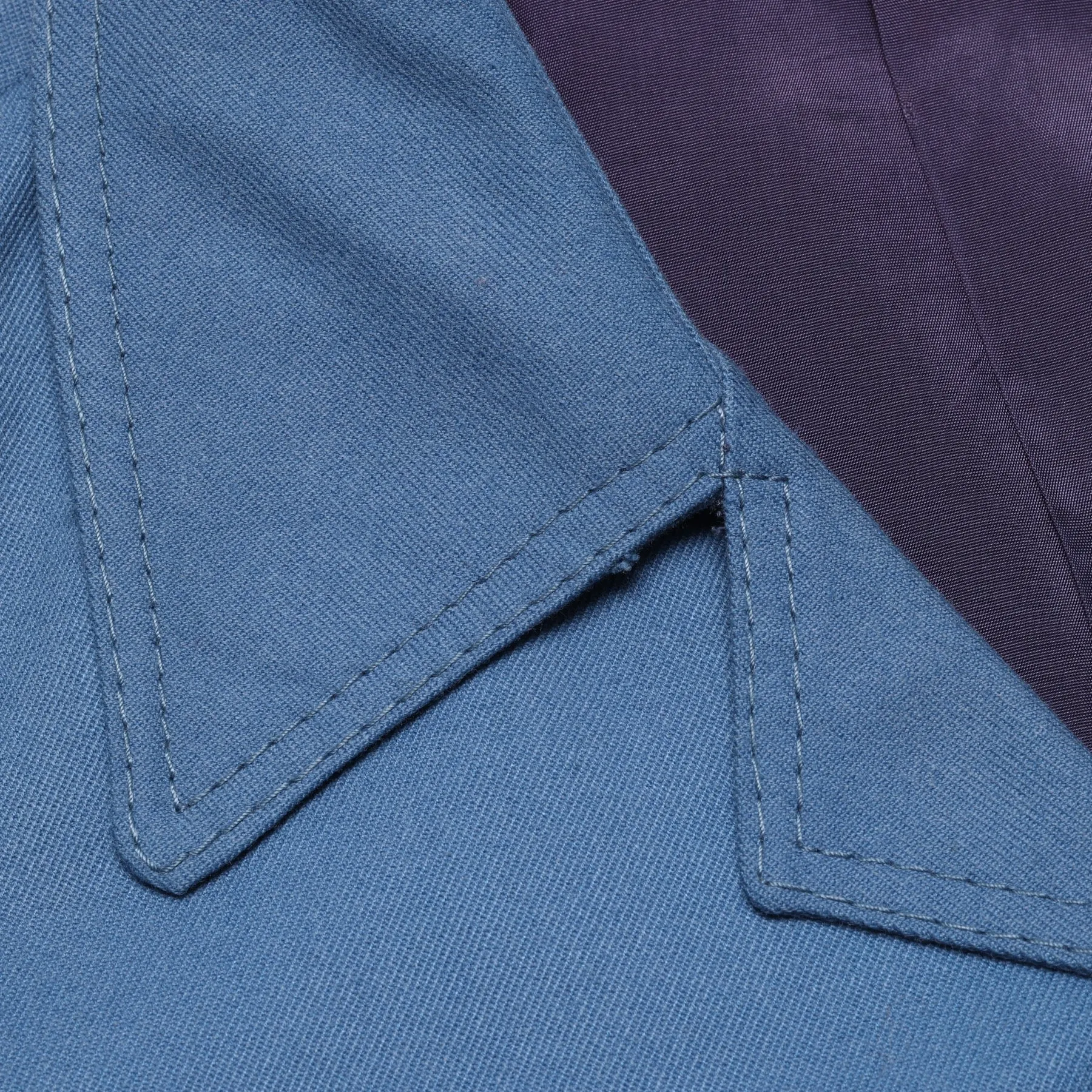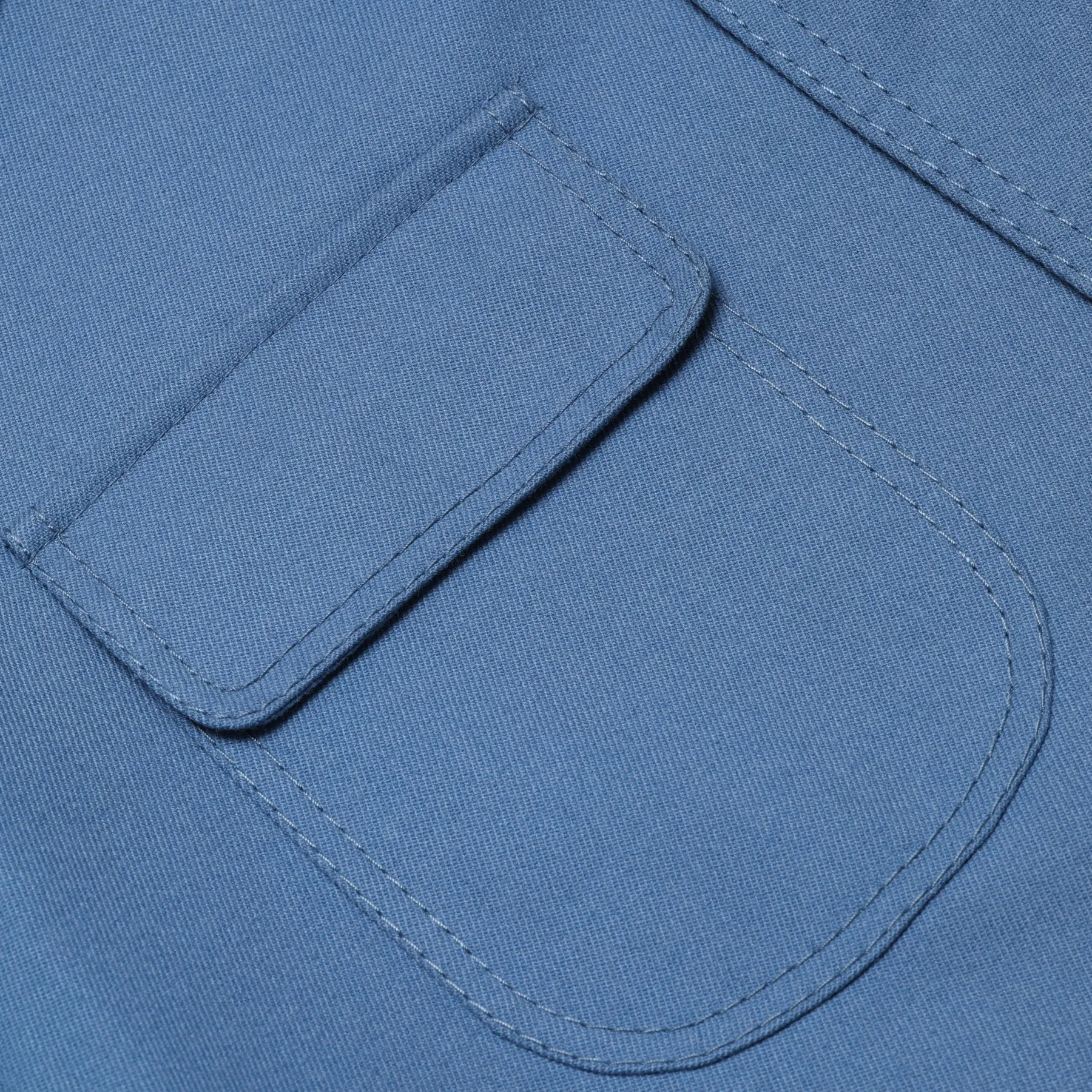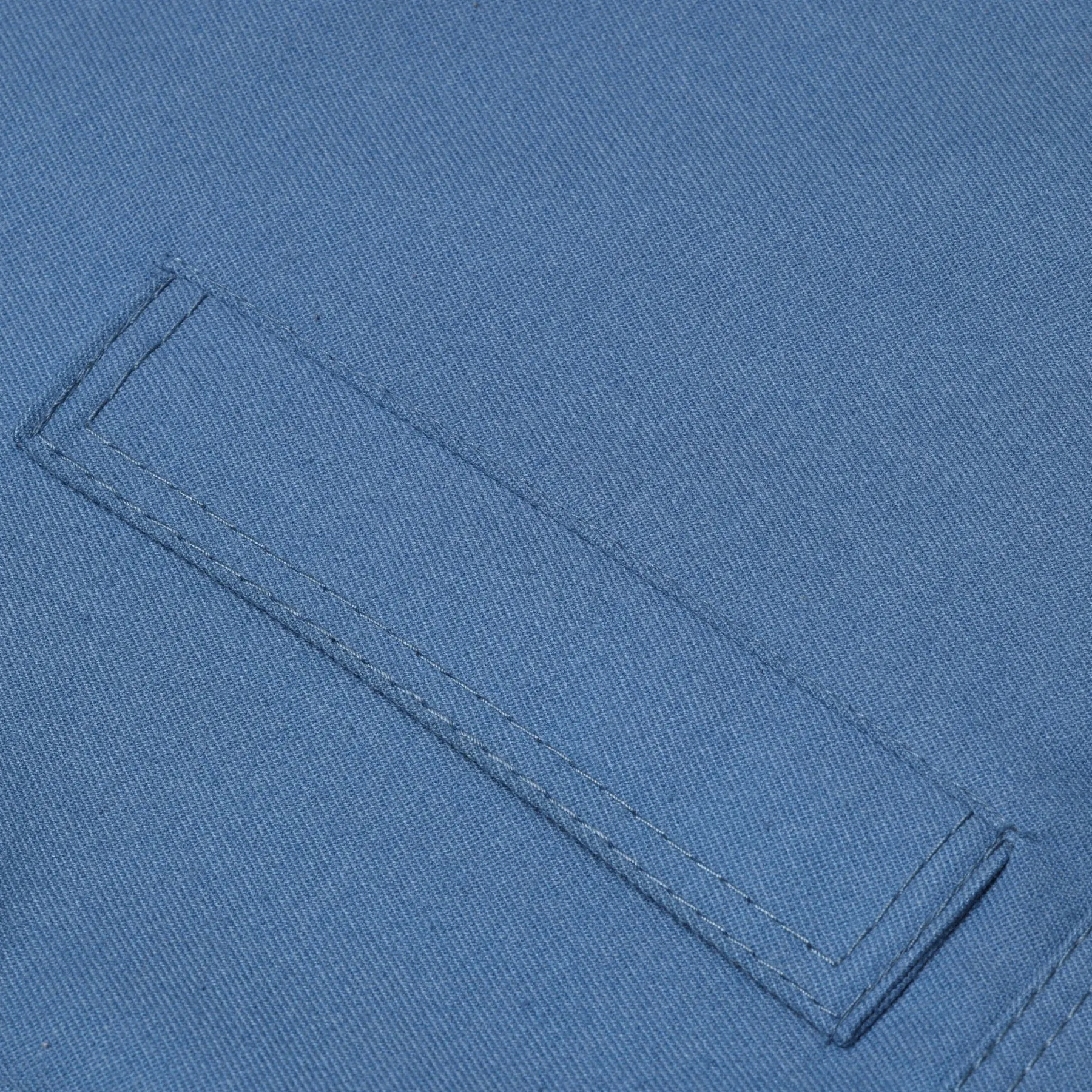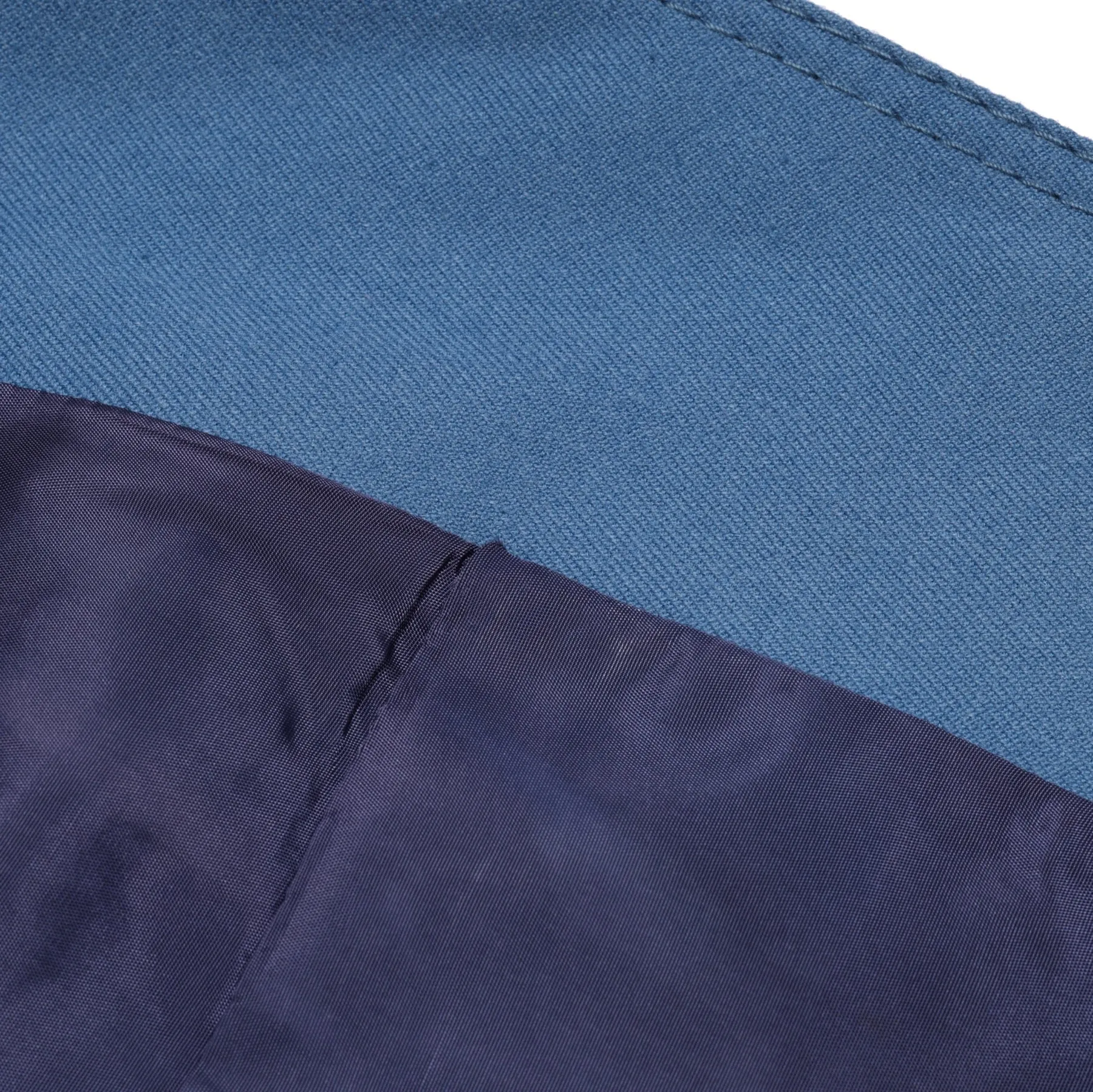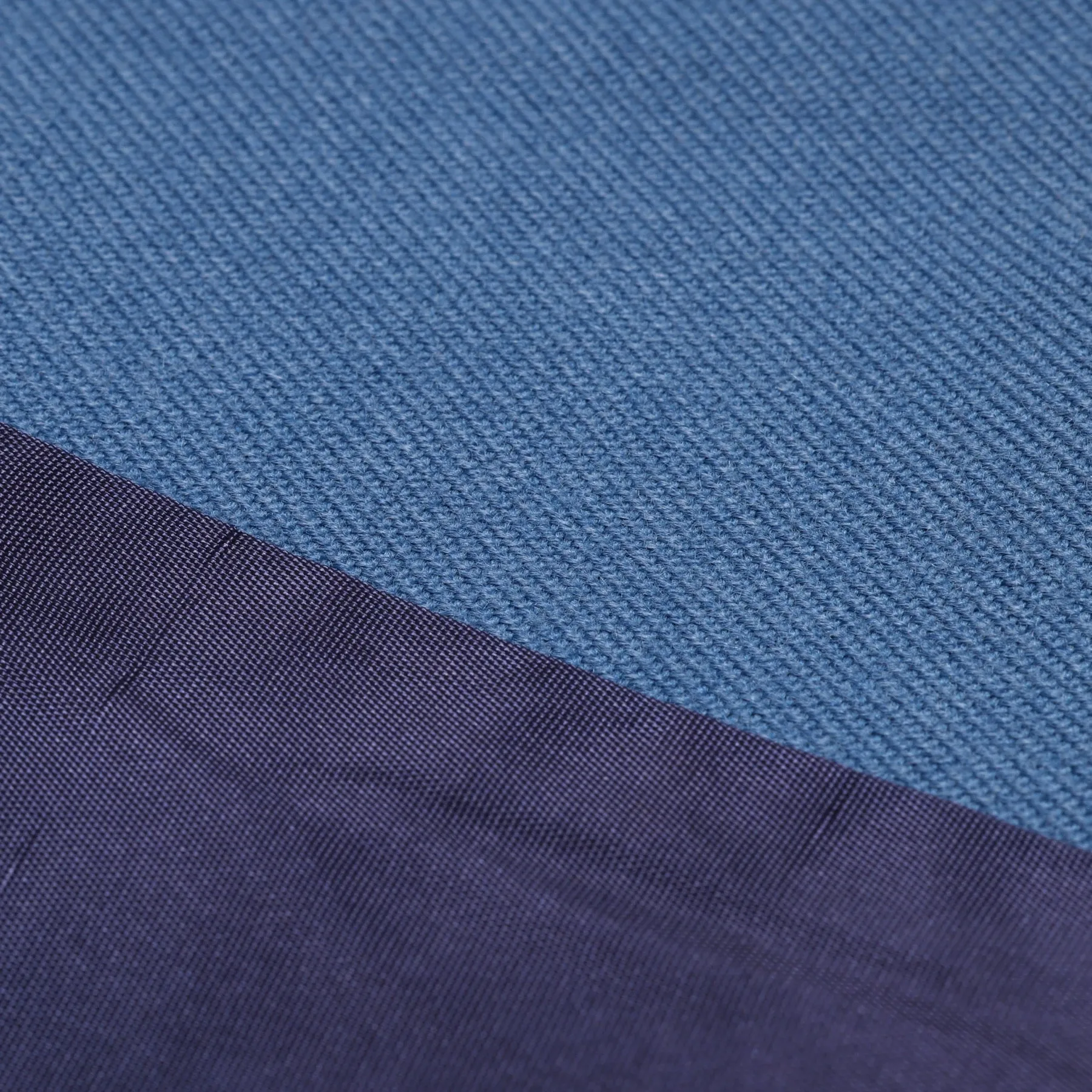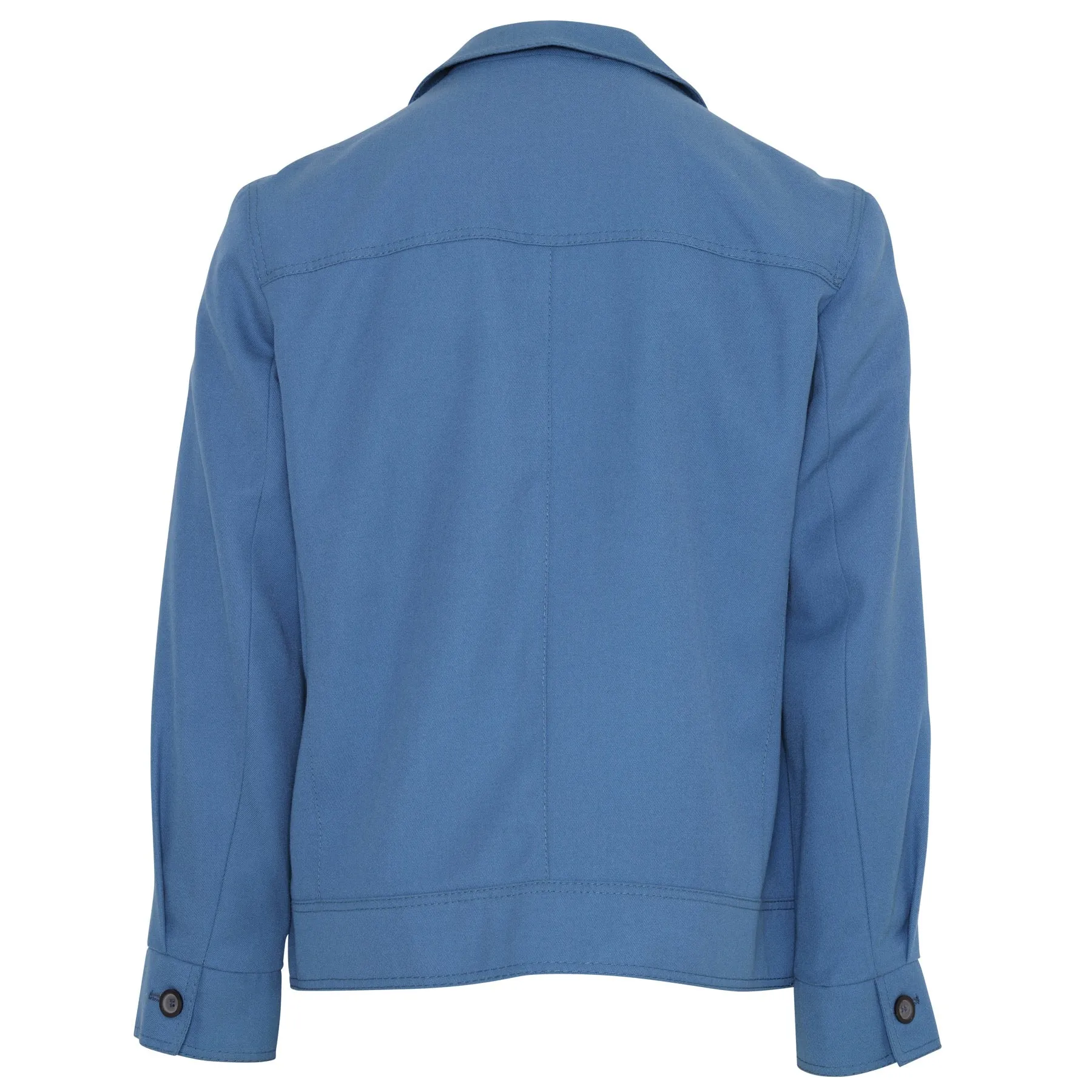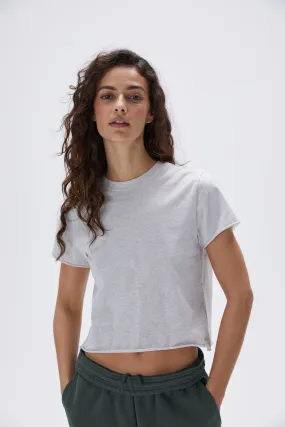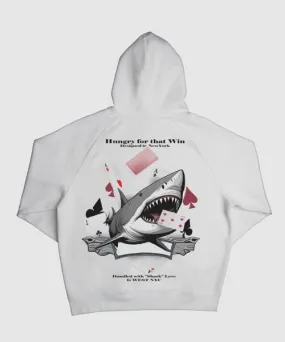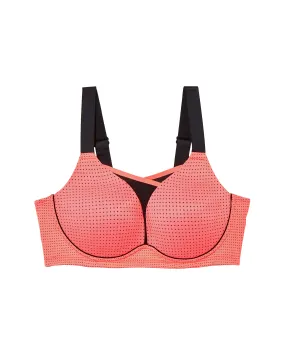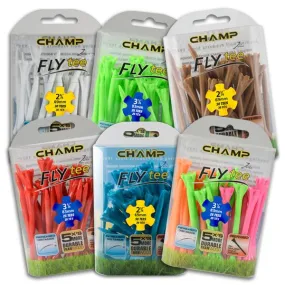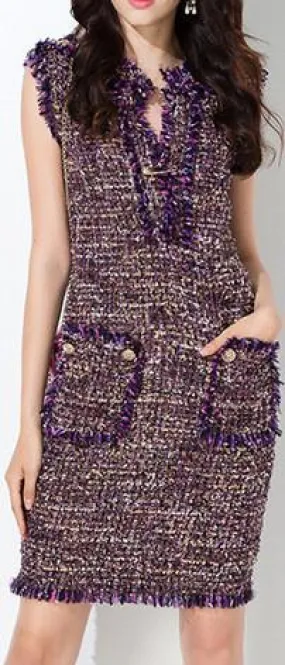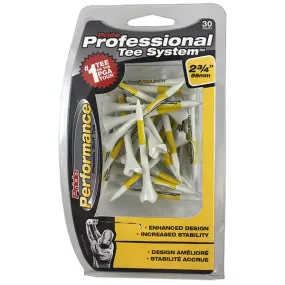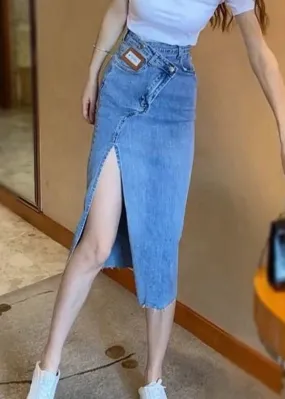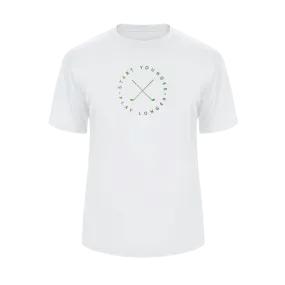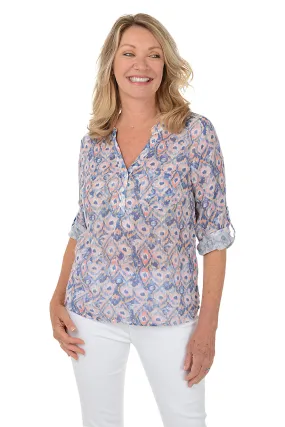Chest bellows and welt pockets are sharply executed, with bar-tacked stress points and symmetrical topstitching throughout.
The Color Coordinates utility jacket offers a distilled expression of mid-century modular casualwear, encapsulating the aesthetic and technical paradigms of postwar democratized menswear. Likely produced for a German department store distribution channel, the brand functioned at the intersection of coordinated mass-market appeal and transitional tailoring sensibilities—offering garments that mirrored the structure of formalwear while integrating the relaxed codes of workwear and suburban casual dressing. The very concept of “color coordination,” embedded in the brand’s identity, reflects a period when chromatic cohesion and modular dressing became central to modern male wardrobe systems. Constructed as a men’s waist-length, button-front outer layer, this jacket straddles the typologies of chore coat, shirt-jacket, and surplus fieldwear. Its sharply pointed collar, dual chest bellows pockets with flap closures, and tailored sleeve heads signal an elevated approach to utilitarian grammar—one grounded in semi-formal construction rather than military rigidity. The garment is clearly engineered for spring and early autumnal wear: light enough for transitional use, structured enough to present authority, and chromatically vibrant—its saturated sky blue tone suggesting a break from the khakis, olives, and greys that had long dominated menswear color palettes. The silhouette, while derived from 1940s military M41s and 1950s automotive jackets, is slimmed, clean-lined, and consciously devoid of overt embellishment—communicating a form of practical optimism and stylistic accessibility. Pattern drafting adheres to a rational, production-oriented logic. The front body comprises five panels including side fronts, placket, and separate pocket facing pieces, with geometry optimized for visual symmetry and efficient cutting. Sleeves are two-piece with subtle forward pitch, ensuring ergonomic shoulder articulation without resorting to tailored curvature. The back is contoured through a vertical spine seam flanked by side-body panels—achieving gentle shaping and load distribution across the shoulders. The collar is fully interfaced with a sharp edge profile, sewn with topstitch-trapped allowances to ensure lasting form retention. Cuffs employ a mitred tab closure, with sharply turned corners and a single-button fastening—neither decorative nor redundant, but reinforcing the garment’s functional continuity. Technically, the jacket is executed with disciplined industrial precision. All seams are lockstitched using a uniform ~2.5mm stitch length. External seams are consistently topstitched, particularly at armholes, pocket flaps, and the hem band, which reinforces both structure and visual hierarchy. Buttonholes are machine-executed in keyhole format—dense, cleanly spaced, and technically proportional to the four-hole matte-finish plastic buttons they secure. Button shanks are adequately spaced, reinforced internally, and attached via zigzag lockstitch with uniform tension. The bellows chest pockets feature rounded lower corners, symmetrical topstitching, and evenly aligned flap seams; welt pockets at the hip are rectangular and clean-set, framed precisely and reinforced with bartacks at opening ends—essential for longevity in high-use zones. Interior finishing reinforces the garment’s industrial-grade intent. The lining is fully bagged using a satin-like navy synthetic—likely acetate or viscose—inserted cleanly with visible topstitching only at anchoring seams. No hand-sewn elements are present, confirming full mechanization. Internal seams are overlocked, pressed flat, and finished cleanly with matching thread. The back neckline is stabilized by a hanger loop and reinforcement tape, securing both the label and internal stress zones. Collar stand insertion is topstitched internally, trapping all seam allowances for long-term stability and fray prevention. The hem band is fully faced and topstitched, likely reinforced with fusible interfacing or internal canvas tape to preserve shape over time. The shell fabric—a 67% polyester, 33% viscose plain weave—is characteristic of late-1960s to early-1970s textile innovation. Structurally, it presents as a balanced 1-over-1 weave with high yarn density, offering taut dimensional stability and excellent surface clarity. The polyester imparts strength, wrinkle resistance, and vivid dye uptake; the viscose introduces pliability, breathability, and subtle sheen. Estimated at ~200–220 GSM, the fabric drapes cleanly without collapse, ideal for unlined or lightly structured outerwear. The surface is matte but visually clean, avoiding both the coarseness of cotton duck and the sheen of brushed synthetics. Its behavior under stress is consistent: no puckering, distortion, or tension failure is visible, indicating a high-quality base weave from an experienced mill. Comparative textile typologies align this material with several postwar European and American workwear traditions. It shares constructional DNA with East German TGL polyester-viscose uniforms, French blouson poplins, and U.S. Sanforized civilian tropicals—all of which aimed to deliver industrial-grade performance with visual refinement. Likely mills include Klopman International (Italy), Setex (Germany), or Tessitura Taiana Virgilio—each specializing in high-performance poly-viscose blends for public sector wear, soft suiting, and casual tailoring. The consistent color saturation across seams and panels confirms solution-dyed polyester yarns or vat-dyed viscose integration, both optimized for wash-fastness and chromatic integrity. The garment’s proportions, paneling, and edge articulation all speak to a design language informed by International Style minimalism—geometric clarity, functional unity, and chromatic systemization. The jacket’s color—a saturated, sky-adjacent blue—recalls the visual codes of 1960s institutional branding and modernist interiors, suggesting not flamboyance but communicative efficiency: a pop-color pragmatism used to distinguish, coordinate, and uplift. This chromatic confidence echoes the brand’s namesake—Color Coordinates—and reflects a consumer landscape increasingly fluent in modular dressing, mix-and-match utility, and weekday-to-weekend adaptability. Historically, the jacket situates itself between 1968 and 1974, during a period when tailoring logic softened into accessible casualwear. Its technical finishing, full lining, and pocket design confirm production within industrial ready-to-wear facilities, most likely aligned with department store fashion lines offering wardrobe sets—jackets, shirts, and trousers fabricated in matching or harmonized palettes. Brands such as Sears’ Kings Road, Montgomery Ward’s menswear collections, and European equivalents like C&A or Quelle employed similar strategies, targeting the aspirational middle market with garments engineered for durability, visual polish, and sartorial legibility. Contemporary relevance for this piece is substantial. It aligns with archival and slow fashion movements seeking pre-sportswear utilitarian aesthetics—where clarity of form and modest technical refinement are foregrounded. The jacket’s structure, color, and fabrication resonate with current brands such as Our Legacy, Arpenteur, Studio Nicholson, and A Kind of Guise, which reinterpret workwear silhouettes through tailored precision and fabric consciousness. It also holds curatorial and editorial potential within vintage markets that focus on Americana, late modernism, and European mid-century industrial dress. In final evaluation, the Color Coordinates utility jacket is a structurally rational, chromatically assertive artifact of postwar menswear evolution. It balances utilitarian clarity with refined production, offering a wearable synthesis of tailoring principles, industrial textile logic, and modular wardrobe design. It stands as a compelling case study in mid-century garment engineering for the mass market—executed with precision, built for endurance, and conceptually tied to a modernist ideal of coordinated, dignified, and accessible dress.
Measurements (cm):
Chest: 60
Length: 68
Shoulder: 47
Sleeve: 64
Size Conversion (approximate)
US Men’s Size: XL
EU Men’s Size: 52
SKU: 015006




